Ever heard of magic lights appearing in the night sky in fairy tales? Well, actually it does happen in real world also and you can experience it for yourself ! As a phenomena called Northern Lights! The season of Northern Lights here. Northern Lights fascinate every traveler. Have you heard of this amazing phenomena of nature? Today we bring you all that you need to know about Northern Lights and also, how to plan a trip to see the Northern Lights, where you can see them, when do they occur, and how to take your best shot at seeing the Northern Lights.
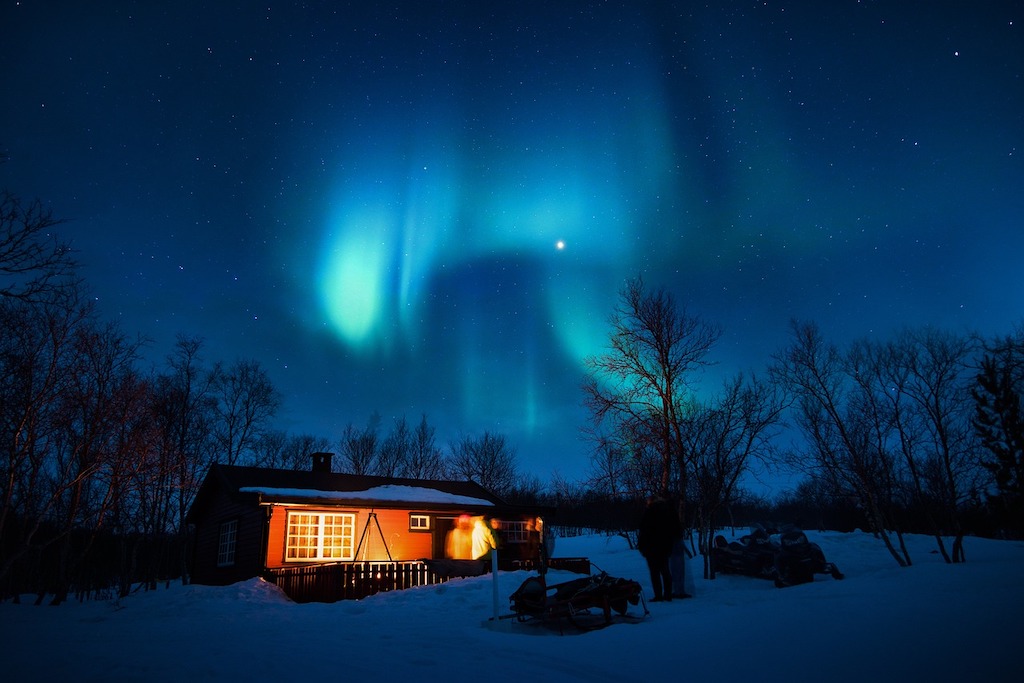
The hypnotic and magical views of the Northern Lights have long since been a mainstay on many travellers’ bucket lists. A truly unique sight that must be experienced at least once in every lifetime, it lives up to its name as one of the natural wonders of the world.
Feeling that wanderlust brewing? Here’s your ultimate guide to chasing, exploring, and appreciating the Northern Lights. Lets get started.
What are the Northern Lights?
The aurora, or polar lights, are natural light shows that cover the skies over the North and South Poles. The Aurora Australis, known as the Southern Lights, appears over Antarctica, as well as some areas of South America, South Africa, New Zealand, and Australia.
The second aurora, the Aurora Borealis, is the phenomenon colloquially known as the Northern Lights. The green light flashes through the skies in the middle of the night, filling the sky like a magical wonder. For the first timer, it is hard to believe that these lights are actually natural!!
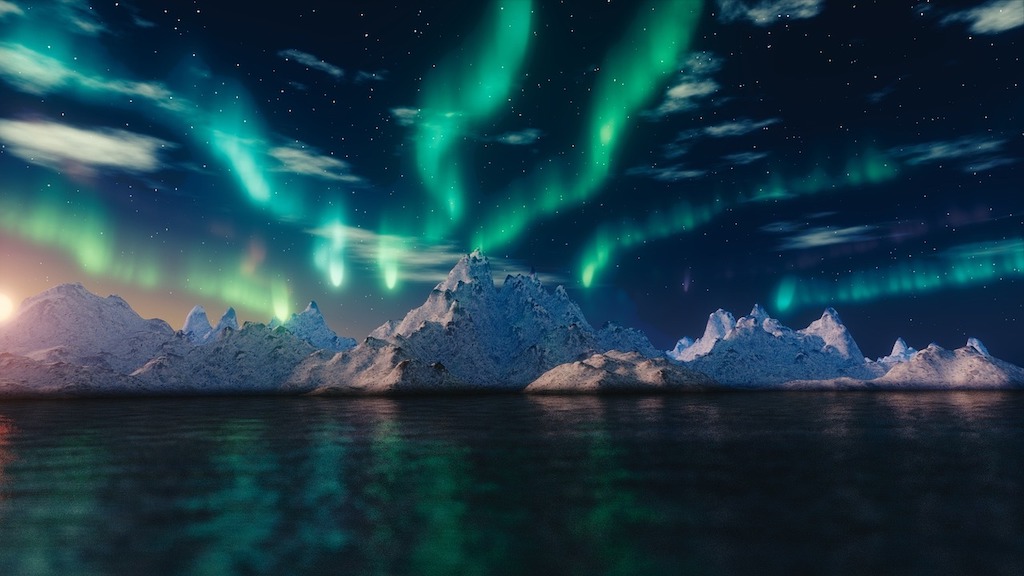
What causes the Northern Lights?
The Northern Lights are caused by solar wind particles, which are high in electrical energy, entering the atmosphere of the Earth in the Polar Regions, due to solar flares or high solar activity. When doing so, the particles become ionised and ‘excited’.
The ionised particles are what give the lights their distinctive green colour, as well as presenting purple, blue, pink, yellow, and orange hues, too, as they swirl and flicker throughout the sky.
Where can you see the Northern Lights?
The Northern Lights can be seen in areas that are in, or close to, the Arctic Circle surrounding the North Pole. This includes:
Lapland
Lapland is an area that encompasses the northernmost regions of Norway, Sweden, Finland, and overlaps the Russian Kola Peninsula. Although Lapland is more famous for its magical winters where the whole landscape gets covered in snow, show activities and sledge ridings abound. And where you get to see the reindeers, and meet Santa Clause at the Santa Clause village. But, it is also one of the most apt places to witness the Northern Lights. A trip to Lapland at the peak of winters is high on our bucket list to see this magical phenomena and enjoy the other winter wonders of Lapland.
Norway
In Norway, some of the best places to spot the Northern Lights include the Lofoten Islands and Senja, as well as Svalbard, Nordkapp, Kirkenes, Tromso, Geirangerfjord, Longyearbyen, and Andalsnes.
Iceland
When chasing the Northern Lights in Iceland, using a car rental in Iceland your best bet is to travel outside of Reykjavik, although many tours do originate in the capital. The highlands and the natural landscapes are your best bet to see clear views of the Northern Lights in Iceland. Northern Lights is one of the top bucket list items for people who visit Iceland in winters.
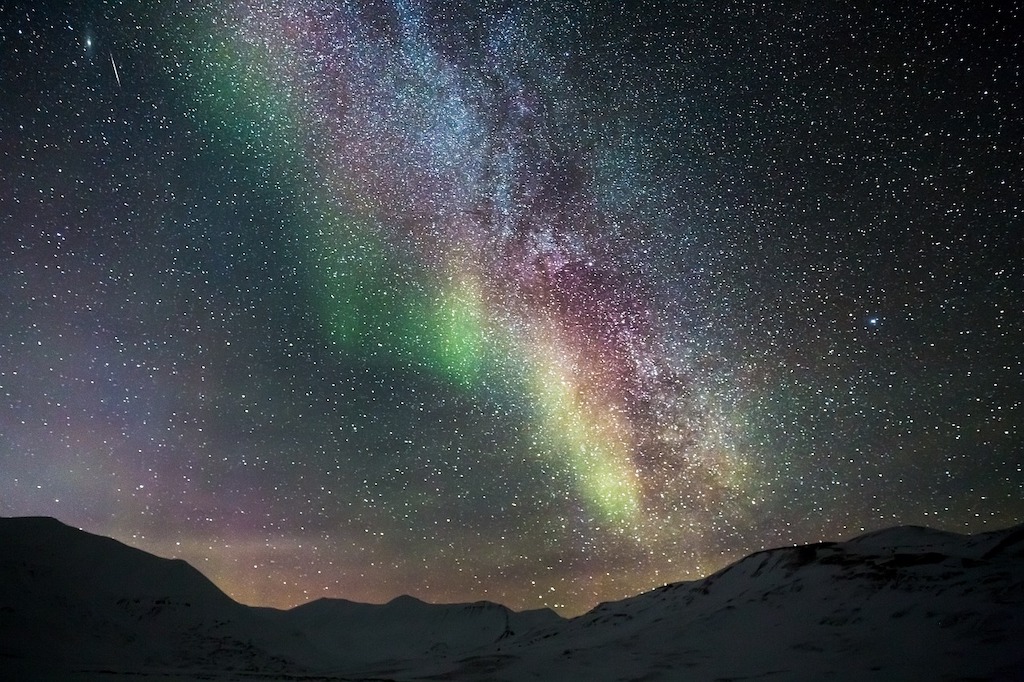
Finland
Top spots for seeing the Northern Lights in Finland include Sörnäinen, Enontekiö, Rovaniemi, Ruka, Levi, Saariselka, Ivalo, and Kevo.
Alaska
The northwest extremity of the USA, Alaska has some excellent spots for seeing the Northern Lights, such as Fairbanks, Ester, Haystack Mountain, Murphy Domes, Wickersham, and Utqiagvik. Again, witnessing the Northern Lights is one of the major reasons for many travelers visiting Alaska in winter.
Scotland
John O’Groats, the Orkney Islands, the Shetland Islands, and the Isle of Skye are all advantageous areas to spot the Northern Lights – despite being overlooked for their Scandinavian alternatives – due to being the northernmost part of the UK.
Sweden
The best Swedish regions to see the Northern Lights are Kiruna, Abisko, and Jukkasjarvi, as well as Karesuando and Pajala.
Greenland
Kangerlussuaq, Sisimiut and Ilulissat are excellent places to catch the Northern Lights in Greenland.
Canada
To see the Northern Lights in Canada, head to the Northwest Territories, around Yellowknife and the shores of Great Slave Lake.
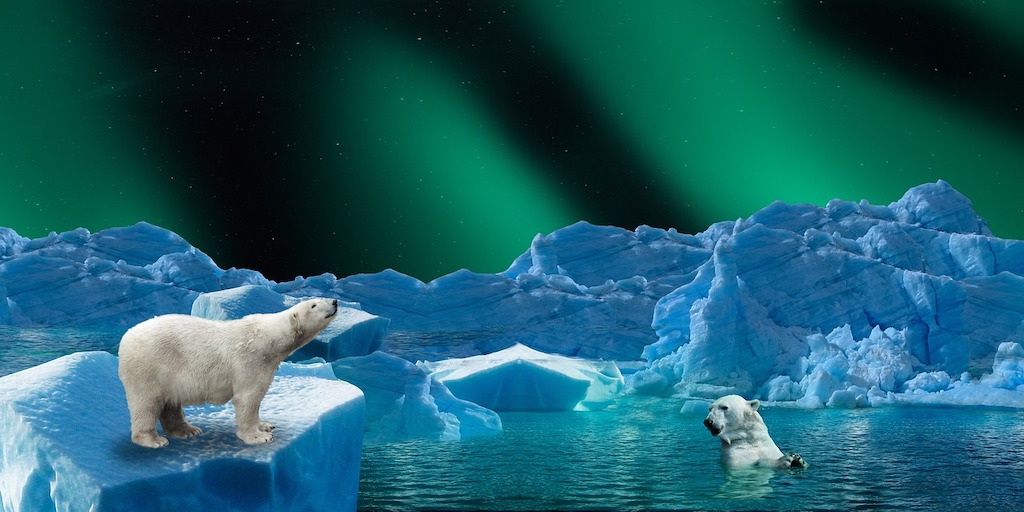
When is the best time to see the Northern Lights?
The best time to spot the Northern Lights is from late September to early April. The dark, clear nights of the Arctic winter allows the lights to shine brightly in the right conditions.
Before you chase the Northern Lights, it’s best to check the weather conditions. You should look for times with high solar activity but also as little cloud cover as possible – although it’s also important to remember that the weather can change with little notice.
Some experts also believe that the Autumn and Spring Equinoxes are the prime time for spotting the Northern Lights, due to the higher level of solar activity.
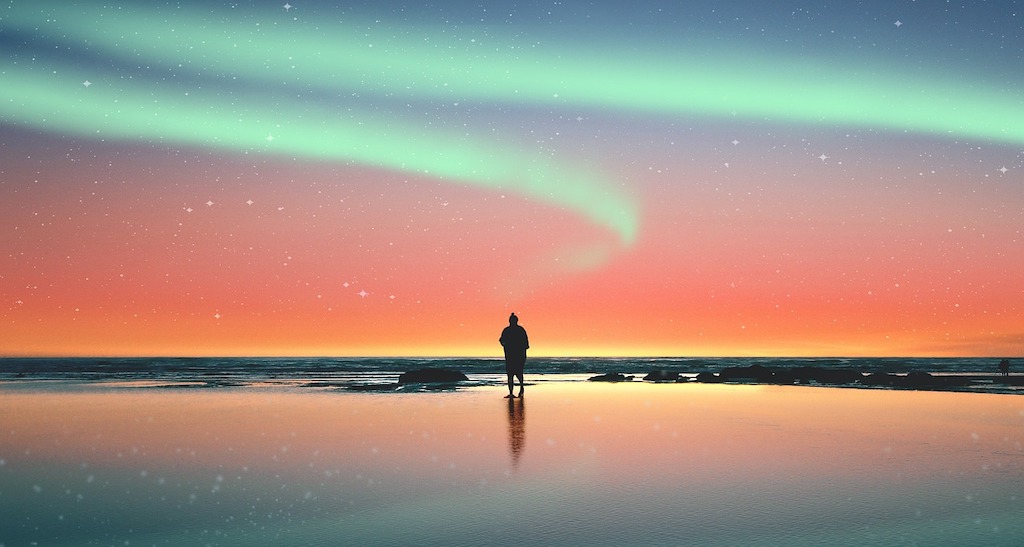
History, myths and legends behind Northern Lights
With the lights such a phenomenon in modern times, it’s no wonder, then, that they were subject to many myths and legends in the past. Whilst the indigenous people of Lapland, Sámi, consider the lights a bad omen – if you disrespected them, you might become ill! – most cultures considered the lights to be a manifestation of good.
In Finland, the lights were theorised to be sparks flying from the tail of an arctic fox as it ran fast through the snow, whereas Swedish fishermen thought it was the reflection from large schools of herring. The Vikings even believed the lights to be a reflection from the Valkyrie’s armour as they led warriors to Valhalla.
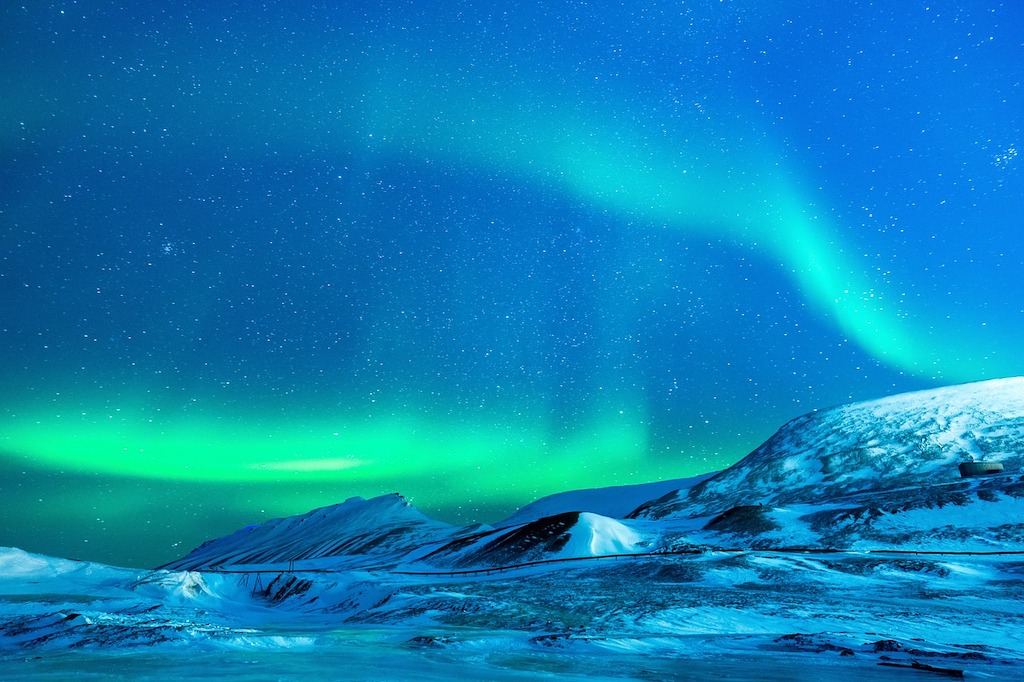
How to maximise your chances of spotting the Northern Lights
To maximise your chances of gazing upon the Northern Lights, you will likely need to be flexible, which means staying in the area for more than a single day. In most hotspots, you can also find a variety of tours and experts who can advise you on when and where it is best to go exploring.
Why not discover Northern Lights holiday packages for 2023 that include guided trips to the very best areas to view the Northern Lights? You might even spot them from your accommodation – especially if you opt for a glass igloo!! You can also go camping in the wild with all your camping and outdoor gears and wait to see the Northern Lights appear like a magic across the sky.
PS: Some of our links are affiliated, this means we will earn a commission when you buy a service or product by clicking those links. However, this will have no extra cost for you.